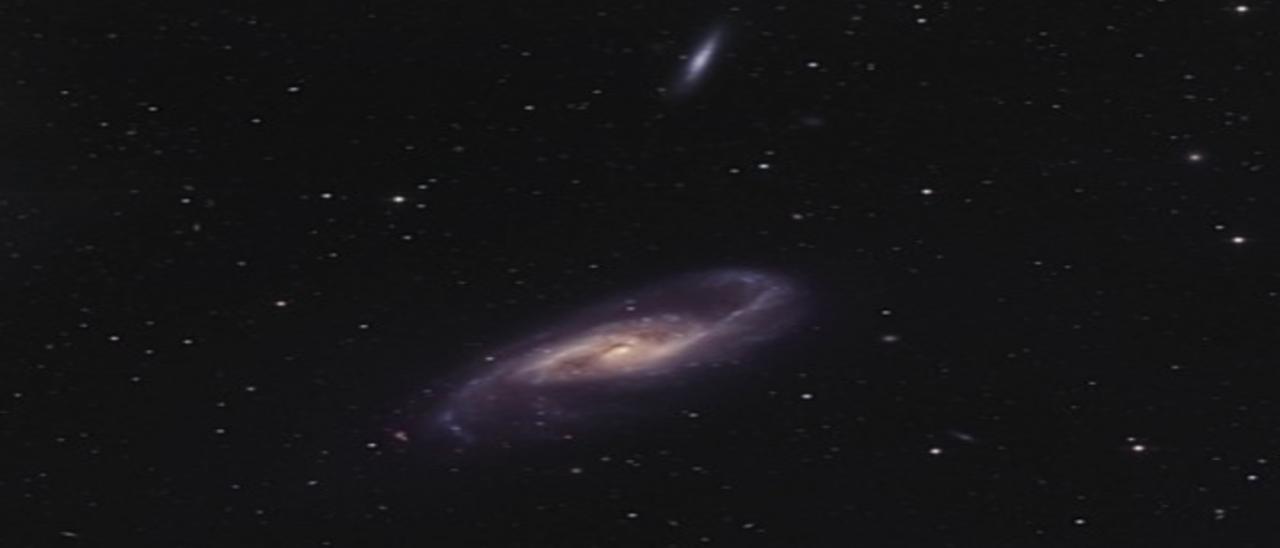Grants related:
General
Our small group is well known and respected internationally for our innovative and important work on various aspects of the structure and evolution of nearby spiral galaxies. We primarily use observations at various wavelengths, exploiting synergies that allow us to answer the most pertinent questions relating to what the main properties of galaxies are, and how galaxies have evolved to their current state. We use imaging and spectroscopy, at UV, optical, infrared, millimetre, and radio wavelengths, fully exploiting observing facilities available to us in Spain, at ESO, or elsewhere, along with state-of-the-art analysis tools. The success of this approach can be measured from the employment opportunities offered to ex-members of the group, from the number and quality of collaborations with leading external scientists, from continued citation of our published work, and from invitations to co-organise or speak at the leading international conferences in the field.
In the last few years our group has put a lot of effort into opening up joint research lines with computer scientists, recognising the paradigm shift that is upon us due to the enormous quantities of data that will soon be produced by facilities such as LSST, Euclid, and SKA. We collaborate with computer scientists and aim to prepare the analysis tools, including detection of structure from noise, correction for scattered light and Galactic cirrus, and the use of machine learning-based techniques, so that once LSST (2020) and Euclid (2023) start releasing their huge data sets, our group is ready to analyse them and extract the science from the oceans of bytes.
Members
Results
- From thermal and non-thermal radio maps of the centre of NGC 1097, we discovered that the massive star formation is quenched by non-thermal effects, including pressure from the magnetic field, cosmic rays and turbulence.
- In the centre of NGC 7742, we found a slightly warped inner disk, and two separate stellar components: an old population that counter-rotates with the gas, and a young one, concentrated to the ring, that co-rotates with the gas.
- We re-analysed our deep IR imaging of thick disks to correct for the extended S4G point spread function (PSF), confirming all our previous results and in particular confirming the significant mass present in the thick disk component.
- Analysing a new high-resolution e-MERLIN 1.5 GHz radio continuum map together with HST and SDSS imaging of NGC 5322, an elliptical galaxy hosting radio jets, we found that the low-luminosity AGN/jet-driven feedback may have quenched the late-time nuclear star formation promptly.
- From MUSE observations of low-surface-brightness Lyman-α emission surrounding faint galaxies at redshifts between 3 and 6 we find that the projected sky coverage approaches 100 per cent.
Scientific activity
Related publications
-
Discovery of ultra-compact nuclear rings in three spiral galaxiesRing-shaped morphologies of nuclear star-forming regions within the central 40{-}200 pc of disk galaxies have been barely resolved so far in three composite Sy 2 nuclei, the Sy 2 Circinus galaxy and in three non-AGN galaxies. Such morphologies resemble those of the standard 1 kpc-size nuclear rings that lie in the inner Lindblad resonance regionsComerón, S. et al.
Advertised on:
22008 -
AINUR: Atlas of Images of NUclear RingsWe present the most complete atlas of nuclear rings to date. We include 113 rings found in 107 galaxies, six of which are elliptical galaxies, five are highly inclined disc galaxies, 18 are unbarred disc galaxies and 78 are barred disc galaxies. Star-forming nuclear rings occur in 20 +/- 2 per cent of disc galaxies with types between T = -3 and T =Comerón, S. et al.
Advertised on:
32010 -
The nature of late-type spiral galaxies: structural parameters, optical and near-infrared colour profiles and dust extinctionWe analyse V- and H-band surface photometry of a sample of 18 Sb-Sd galaxies. Combining high-resolution Hubble Space Telescope (HST) images with ground-based near-infrared observations, we extract photometric profiles, which cover the whole disc and provide the highest possible resolution. This is the first photometric study of late-type spiralsGanda, Katia et al.
Advertised on:
52009



